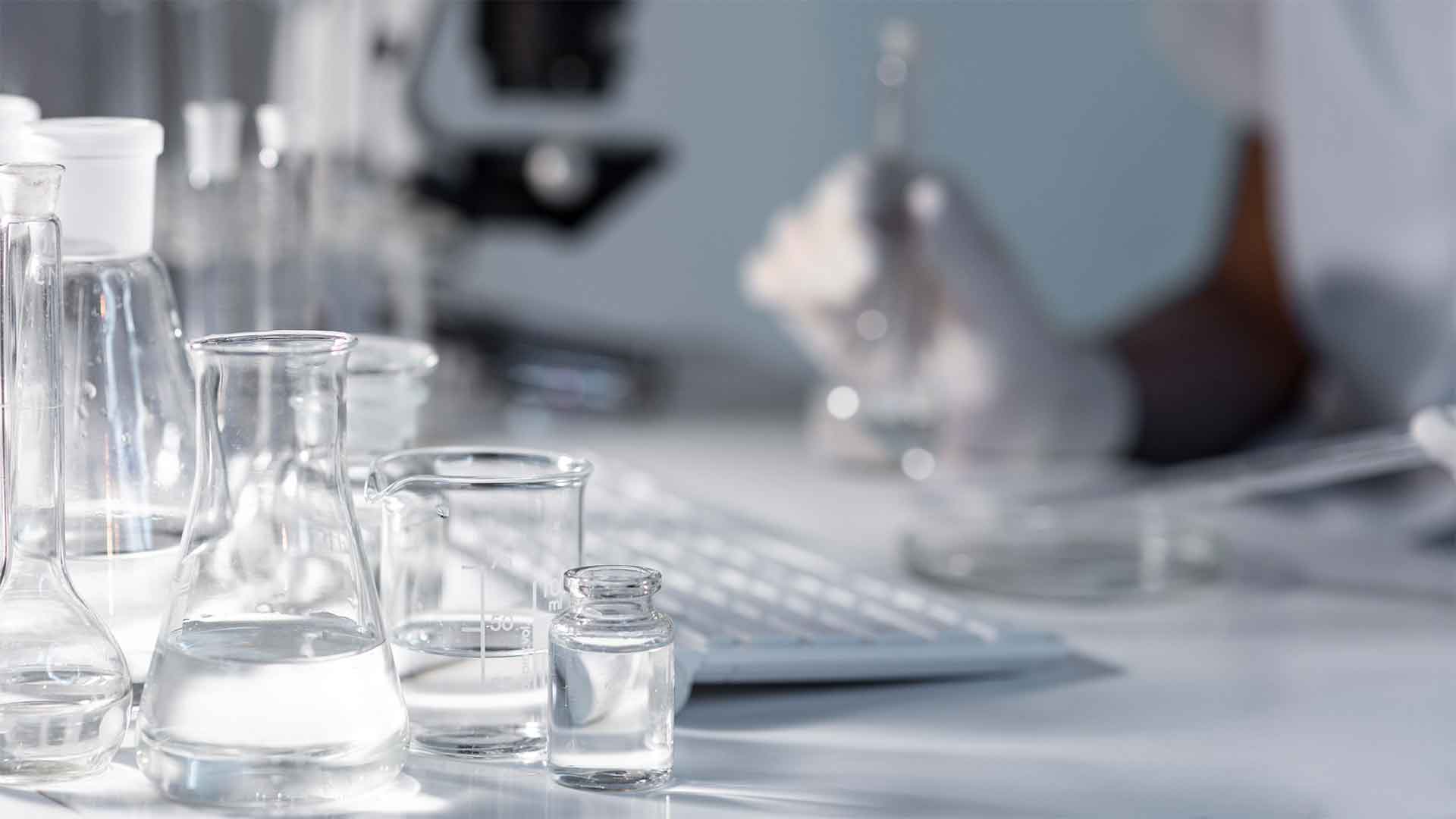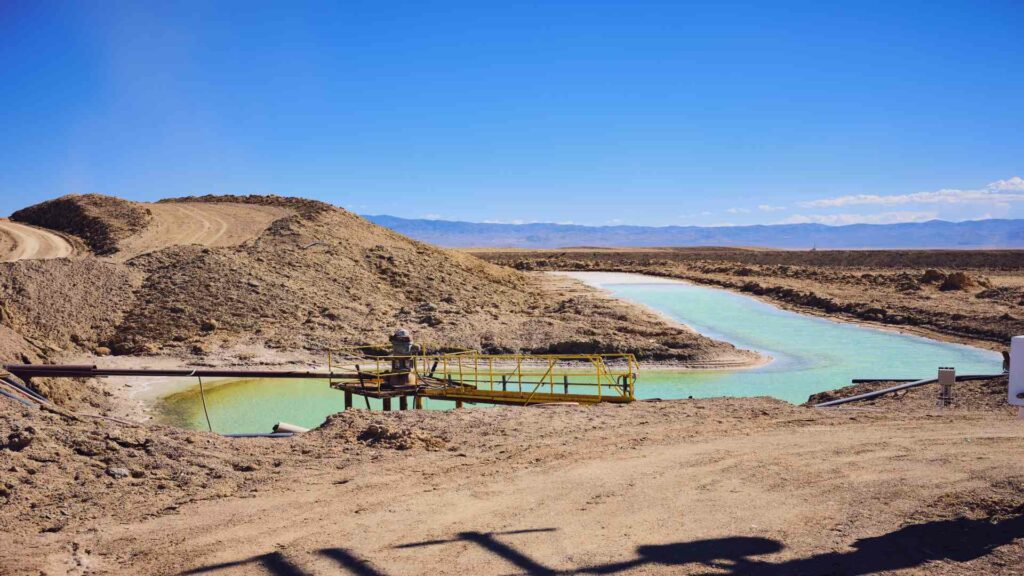Boronates: Esters and Salts of Boronic Acid
Boronates are esters and salts of boronic acid. Boronic acid is a compound related to boric acid in which one of the three hydroxyl groups has been replaced by either an alkyl or an aryl group. The boronic acids are derived from boron, an element found in the earth’s crust as boric oxide (B(OH)O). Boronic acids are produced when a borate salt reacts with acetic or propionic acid to form the corresponding boronic acid.

Boronates
Boronates
Different compounds known as boronates are boronic esters and boric acid. The compounds can be obtained from borate esters by condensation with alcohols and diols. Phenylboronic acid can be condensed to the cyclic trimer called triphenyl anhydride or triphenylboroxin.Boric acids are boronates that have a borate anion as their conjugate base. Boronic esters contain boric acid, with the carboxylic acid replaced by another organic group, such as alkyl or phenyl groups. The boronic esters can be hydrolyzed to boronic acids.
Different boronates are used to produce polymers, detergents, pesticides, and more. They also have many other uses, such as a catalyst for organic reactions.
A borate salt can be hydrolyzed to form boric acid or acylated with an acid to form boronic acid.
Boric oxide is boronate salt with a borate anion as its conjugate base. Boronic esters contain boric acid, with the carboxylic acid replaced by another organic group, such as alkyl or phenyl groups. The boronic esters can be hydrolyzed to boronic acids.
The use of boronate compounds has grown over the period and advancement in boronic acid-related chemistry. In today’s global world, boronates are used in various products like toothpaste, cosmetics, detergents, plastics, and insecticides.
Boronates, also classified as organoboron compounds, have been used in chemical catalysis for many years because they can quickly form electron deficiency with boron-oxygen bonds with an atom in a broad range of organic substrates. Boronic esters have proved to act as protective groups in carbohydrate chemistry: processes for acylation, silylation, and alkylation of glycoside-derived boronates.
Acylation is the addition of an acyl group to a compound. The acylating agent is the compound that provides the acyl groups. They are often used as acylating agents because they can form strong electrophiles when treated with specific metal catalysts. This process converts boronates to a boronic acid ester with an acyl group, and then the boronic acid is treated with the base.
Silylation is the introduction of a substituted silyl group to a molecule. The process is the basis of organosilicon chemistry. In this process, the boronate ester reacts with a silyl halide, in which boronic acid is an electron-deficient boron atom.
Alkylation is the transfer of an alkyl group from one molecule to another. By this process, an alkyl group is added to help activate boric acids (B(OH)), and borate salts are formed through the reaction of alcohols or amines.
Purification of Boronates
Recrystallization in benzene, dichloroethane, and EtOAc can be good to moderate yielding. Derivatization follows treating the impure product with the base, separating the resultant salt (obtained from the base) by solvent extraction, and treating the salt with acid to afford the pure boronic acids.
Recrystallization in benzene is when boronic acid is dissolved in benzene, and the solution is heated to evaporate. The resultant crystals are filtered, washed with anhydrous ether, and dried under a vacuum.
Derivatization is defined as how boronic acid is treated with a base to produce an alkali borate. The salt is extracted from the mixture of boronate esters. The resultant salts are subsequently hydrolyzed or acylated, yielding pure boronic acids.
Uses in Chemistry
Boronate esters are used as catalysts for organic reactions, such as hydroboration-oxidation, borylation, and pinacol coupling reactions, to name just a few examples. In hydroboration-oxidation, the reaction involves two steps. The first step is carried in the presence of BH3 for hydroboration, and then there is oxidation. In borylation, the C-H bond is replaced with a C-B bond, and the allylboronic acid pinacol ester can act as a reagent for palladium-catalyzed Suzuki-Miyaura cross-coupling reactions.
Hydroboration-oxidation
The hydroboration-oxidation reaction is when boron-containing substrates are brominated, then oxidized to borate esters. Hydroboration oxidation is an organic chemical process used to convert alkenes into neutral alcohols. This happens via a 2-step process that includes hydroboration and oxidation steps. The net addition of water (across the entire double-bond) is used. The antiMarkovnikov hydroboration oxidation reaction mechanism is where a hydroxyl group attaches to less substituted carbon. Herbert Charles Brown, an English-born American chemist, first reported the hydroboration oxidation reaction in the second half of the 1950s. For this work, he was awarded the Nobel Prize in Chemistry in 1979.
Borylation
In a borylation reaction, a transition metal-catalyzed organic reaction produces an organoboron compound by functionalizing aromatic C–H bonds. These reactions help activate carbon-hydrogen bonds. Metal-catalyzed CH borylation reactions use transition metals to convert a CH bond into C-B bonds. This method is more cost-effective than traditional borylation reactions. It uses abundant and cheap hydrocarbons as a starting material. It also reduces the number of prefunctionalized organic compounds and decreases toxic byproducts. Finally, this method speeds up the synthesis process of biologically relevant molecules.
Boronic acid and boronic ester are two common boryl groups incorporated into organic molecules by borylation reactions. Boron trihalides (help activate BCl) or boric acid derivatives such as orthoboric acid and metaboric acid to alkenes, alkynes, or other unsaturated compounds are added. Boron-containing substrates are brominated, then oxidized to borate esters.
Pinacol Coupling
The pinacol coupling reaction adds a boronic acid or its related compound with pinacols and catalysts in sequence to form long chains. In a pinacol coupling reaction, reductive homo-coupling a carbonyl compound is required to create a 1,2-diol. Single-electron transfer of the carbonyl bonds is the first step. This generates radical intermediates, which couple via carbon-carbon bonds formation to produce a 1,2-diol. This is how pinacol is prepared. Pinacol, and other 1,2-diols that are highly substituted, can be dehydrated with rearrangement under acid catalysis.
Diethanolamine complexed heterocyclic boronic acids (DABO boronates) are air-stable reagents that can be used directly in Suzuki-Miyaura reactions, which are the reactions in which boronic acids are used to form boron-carbon bonds. It is an organic reaction, classified as a cross-coupling reaction, where the coupling partners are a boronic acid and an organohalide, and the catalyst is a palladium(0) complex. In simple words, it is the reaction where boronic acid esters are in the presence of water or a protic co-solvent





